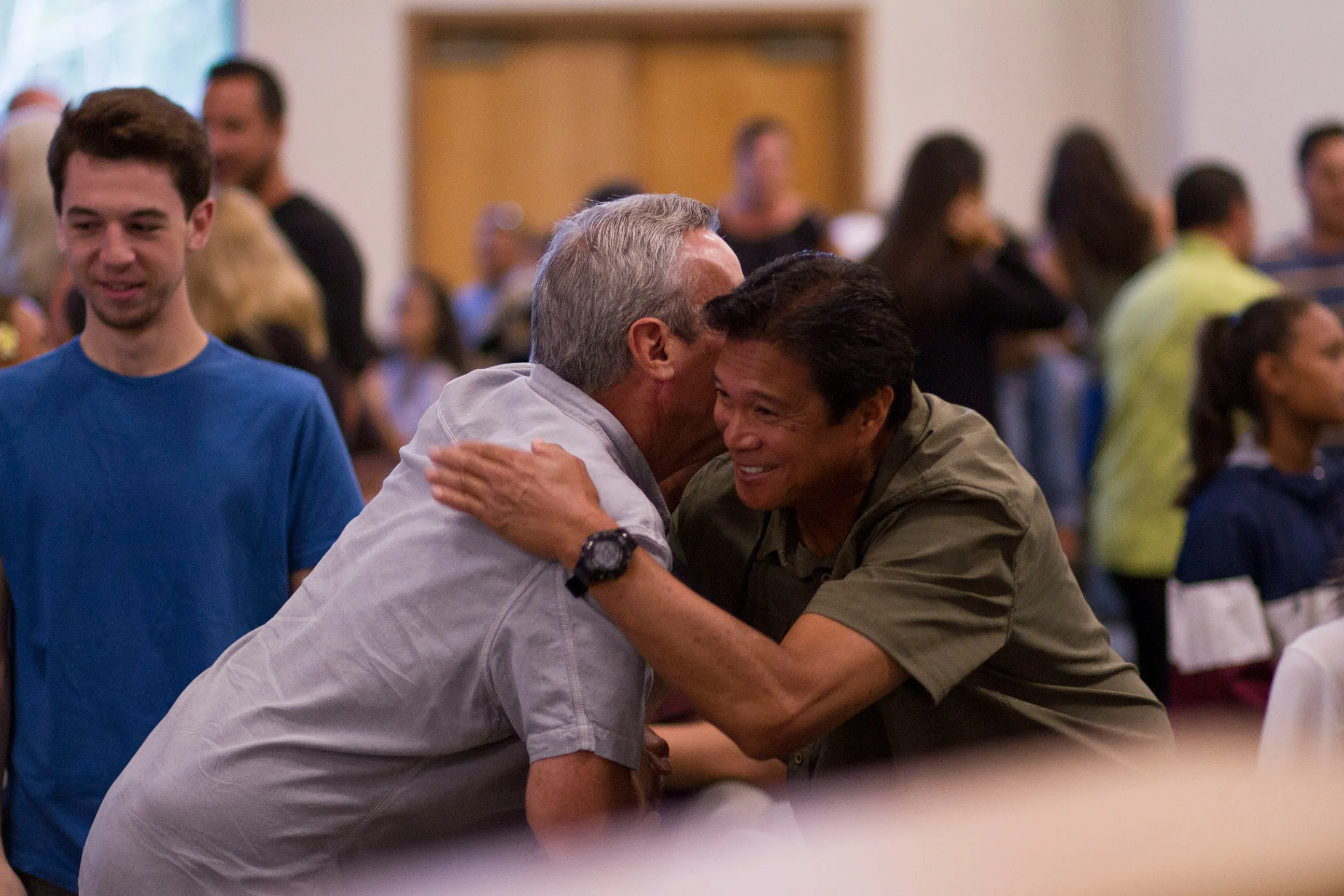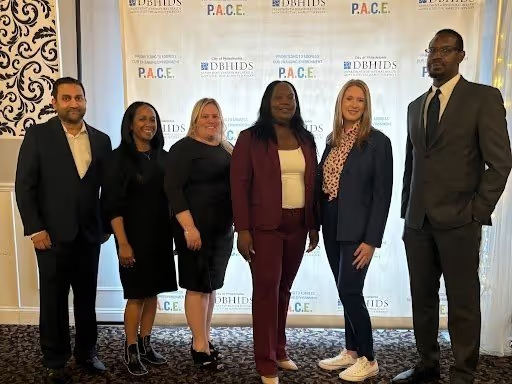April 1, 2024
Stress Awareness Month: Relaxation Techniques
Discover a variety of effective relaxation techniques designed to help you manage stress and cultivate calm, offering practical methods to enhance mental well-being during Stress Awareness Month and beyond.

Stress Awareness Month: Relaxation Techniques
Date: April 9, 2024
Author: Kurdt Allan
Welcome to Stress Awareness Month! In today's fast-paced world, it's more important than ever to take proactive steps to manage stress and promote well-being. To support you on this journey, our Mental Health Partnerships Human Resources department has compiled a range of effective techniques to help you relax and unwind. From progressive relaxation to guided imagery, these strategies can help you find moments of peace and calm amidst the chaos.
Relaxation Techniques to Try
- Progressive Relaxation: Also called progressive muscle relaxation, this technique involves tensing different muscles in your body and then releasing the tension to promote relaxation.
- Autogenic Training: A self-guided process that uses relaxation and self-suggestion to bring calm and reduce stress by focusing on the body’s sensations.
- Breathing Techniques: Focused breathing—especially deep, diaphragmatic breathing—helps slow your heart rate and calm the nervous system.
- Guided Imagery or “Visualization”: Picture calming scenes or experiences to create a peaceful mental space, helping your body and mind unwind.
- Self-Hypnosis: Learn to trigger relaxation through a chosen phrase or cue, allowing your body to enter a restful state quickly and intentionally.
- Body Scan Meditation: This mindfulness practice guides you through focusing on each part of your body, helping identify and release built-up stress and tension.
Whether you choose one technique or experiment with several, we encourage you to make time for yourself during Stress Awareness Month. Even a few minutes of focused relaxation can have a positive effect on your mental and physical health.
Take a breath. You’ve earned it.
Related Reading from Our Advocacy Corner
Stay informed and inspired by exploring more stories from our Advocacy Corner. From uplifting community visits to powerful policy insights and personal recovery journeys, these articles spotlight the people and progress shaping mental health advocacy today.
Transforming Lives, Strengthening Communities
From peer-led recovery programs to statewide advocacy and education, our work touches thousands of lives every year. These numbers reflect our deep commitment to accessible, compassionate, and person-centered mental health support across Philadelphia and Southeastern Pennsylvania.


8,480
individuals and families served
34
active programs across the region
1,106
Peer Specialists trained each year
5,801
people supported through direct services
3000+
individuals reached monthly through homeless outreach
1,573
engaged in community advocacy
Real Stories of Hope and Recovery
We’re here to champion every journey to wellness, offering unwavering support and transformational advocacy. Together, we foster resilience and recovery—so everyone can thrive and live their fullest life in the community, free from barriers to mental health care.
"I'm so grateful for the community that's here and the people that I get to work with in a way that they inspire me every day."
"Every experience I've had with MHP thus far has been great, from the training to being able to get support, a community, sponsorships to go places I never thought I'd go."
"MHP has given me so much, I want to give back."
"Give you your own purpose, you know, just like doing something more. Just a good feeling for me. Now I can be productive."
"MHP has a long history of being a really trusted and reliable resource for peer specialists.
So these experiences already live within your walls."
"The incredible empowerment and the impact that peers have in the field of mental health."
"There's something really, really powerful that happens when you're connecting with someone who's sitting across from you and says, you know, I see you and I hear you. Because I've been there."
"...and just that little click. Wow, it's so powerful just to have somebody who understands exactly how you feel, because we can sympathize all day, but to have somebody else in the room with me, to say, I've done it too, I've experienced that too, allows for a bond that goes beyond words."
"That opened me up to talk to other people so I could coach them and have them get the aha moment again. I did it and I'm glad that I got into new ways of thinking."
"I'm able to be helpful just to know that, like, all that hard work I put through actually paid off."
"And I hope that everybody would get the opportunity to connect with that organization"
"At Mental Health Partnerships. Together..."
"Together..."
"Together..."
"Together...we build hope."
"Together...we build hope."
"We build hope."
"We build hope."
"Together...we build hope."
"Together...we build hope."
"Together...we build hope."
"Period!"
Guiding Principles for Empowerment and Growth
At the heart of our mission lies a steadfast commitment to core values that shape every aspect of our work. These values—rooted in hope, empowerment, and respect—guide us in fostering environments where individuals can thrive, exercise self-determination, and pursue lifelong learning. By embracing a holistic, non-judgmental, and culturally aware approach, we empower individuals to achieve their full potential and contribute to their communities.

Together, We Build Hope
At Mental Health Partnerships, we are dedicated to fostering hope and resilience. Our mission is to create a supportive environment where individuals can regain control of their mental health and live fulfilling lives. We offer personalized care that aligns with your unique needs and helps you connect with a community that cares.




Real Stories of Hope & Gratitude
Hear directly from individuals whose lives have been touched by our programs and services. Whether it’s case management, family support, or peer-led guidance, these stories showcase the power of compassionate care and unwavering belief in every person’s potential for recovery and growth.

Let’s Take the Next Step Together
At MHP, we understand that the journey to mental wellness can feel overwhelming. With peer-led support, proven resources, and a warm, caring community, we’re here to guide you through every step—so you never have to walk this path alone.




































